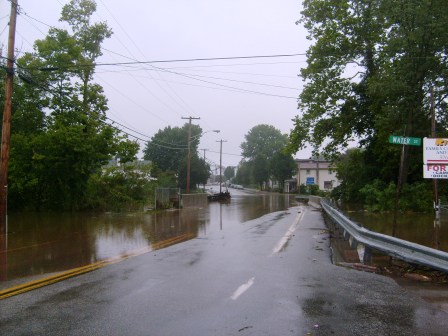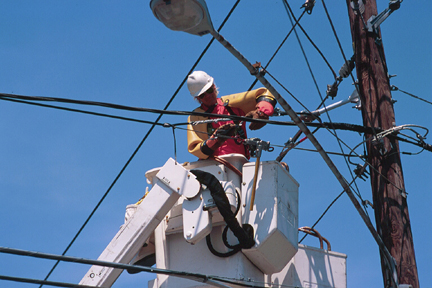Hurricane Irene Highlights Dangers of Falling Trees, Need to Inventory Those Around Your Home
Tragically, a number of the deaths from Hurricane Irene were blamed on fallen trees or tree limbs, including three in Pennsylvania. Robert Wells, associate director of Arboriculture outreach at the Morris Arboretum of the University of Pennsylvania, says people need to think proactively about tree health. He says we usually think of trees biologically, but we should also consider them as structural items and we should know if they have any weaknesses that could cause them to fail.
Wells says those problems are often not apparent to the untrained eye. He says a certified arborist should examine your trees throughout the year and help you develop a planned health care program. You can get a list of certified arborists at treesaregood.com
Wells says a tree can look perfectly healthy and still have weakened limbs, cracked limbs, beam cracks, compromised root systems; any of a dozen different things that a trained eye would see.
Wells says Irene took down numerous full canopy trees. In many cases, healthy looking ashes and oaks went over while dead trees were not harmed. He says the ground was so saturated and the temperatures were warm. In those conditions, even a wind of 40 miles an hour can cause root plate failure, causing the entire tree to uproot and flip over.
He says remedial action can help damaged trees. There is end weight reduction for limbs that have beam cracks. He says limbs can be removed, cabled or braced. For older trees, crown reduction that takes some end and top weight out can help.
Wells says small changes over long periods of time are the most effective preventative techniques for taking care of a tree. He says it’s when we make big changes all at once, that a tree has a difficult time.











